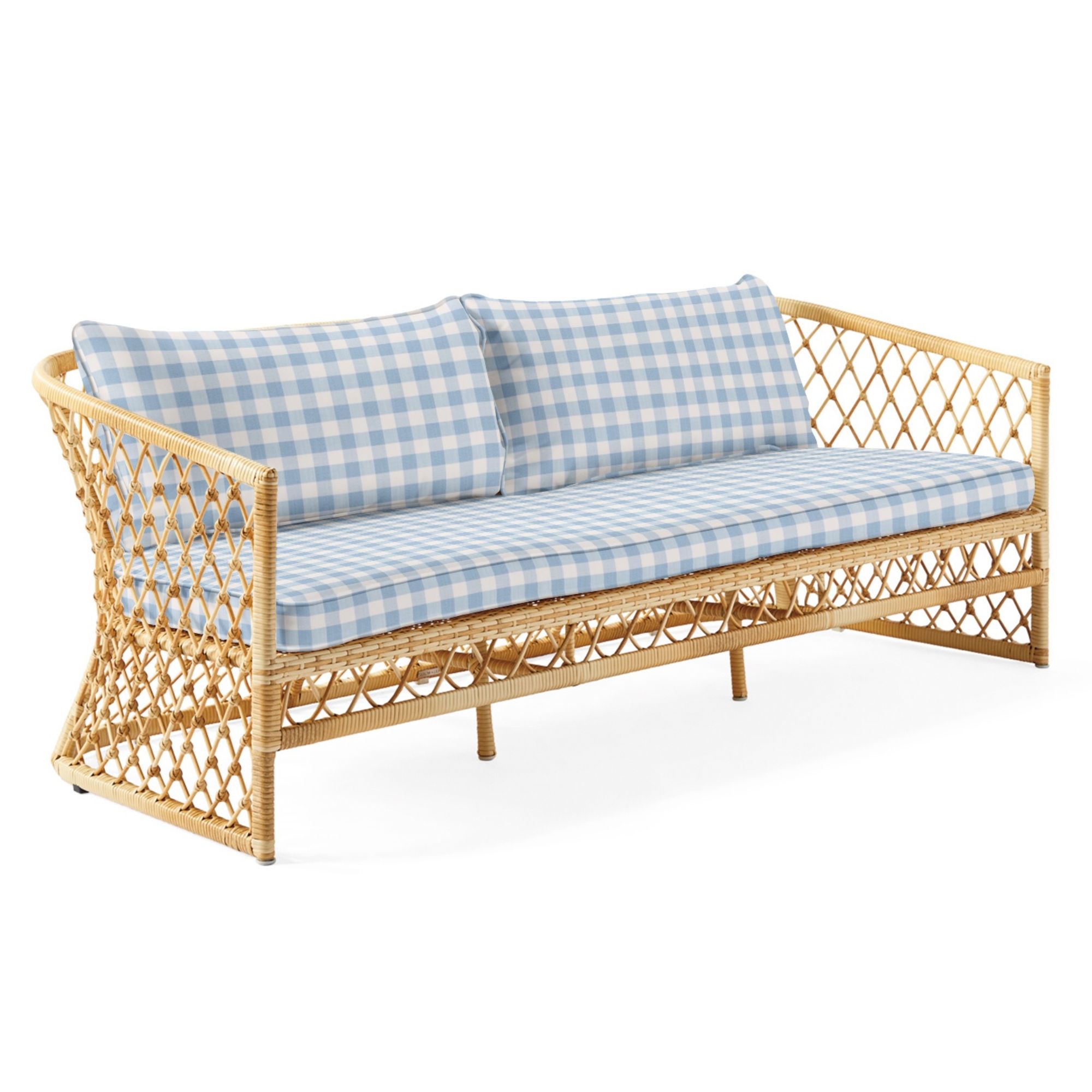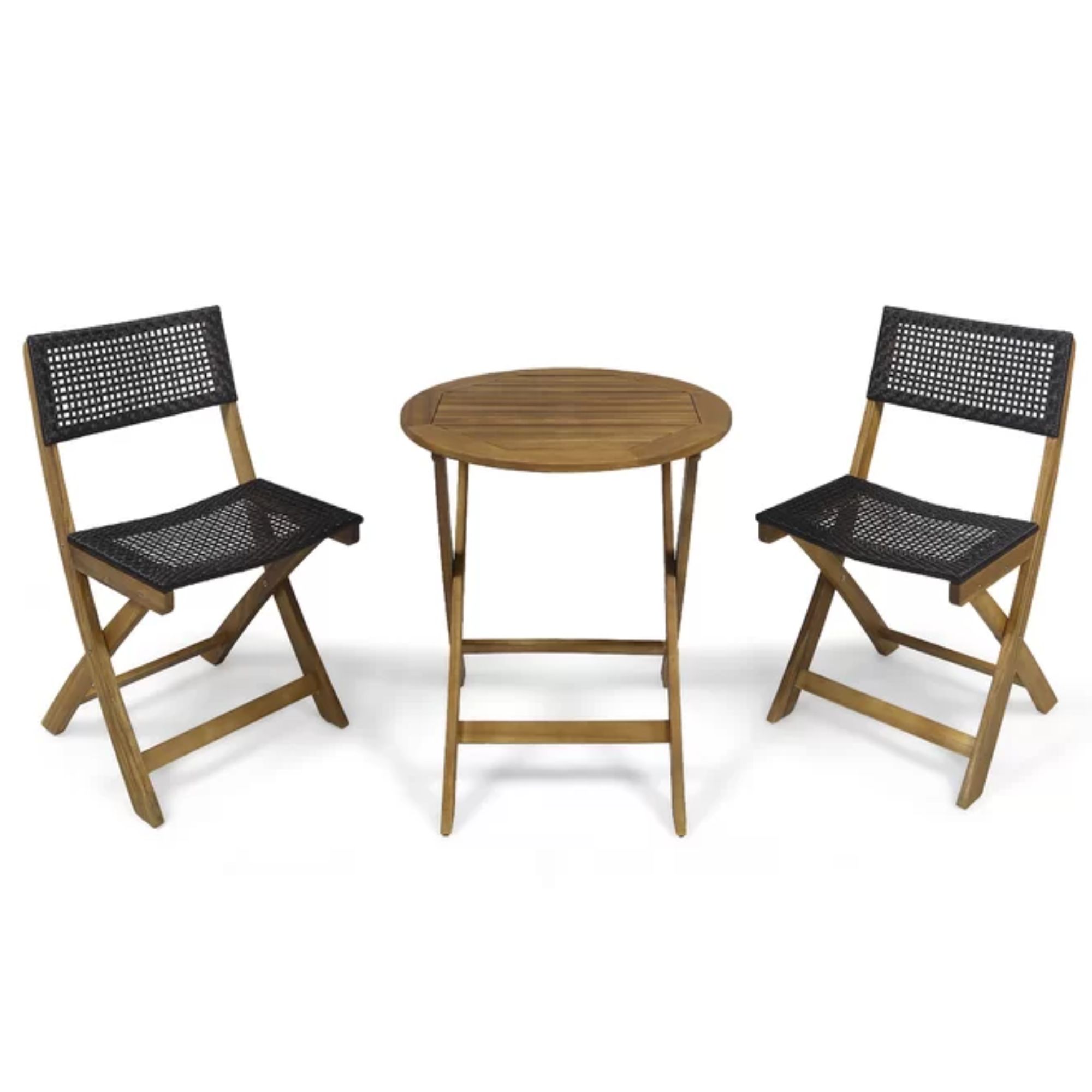Patrick Mahomes uses this ancient planting trick to subtly make his backyard more private
The quarterback experiments with a natural privacy solution in his Kansas City home – here's what makes his technique successful


Kansas City Chiefs quarterback Patrick Mahomes is among the most celebrated footballers of a generation – with two Super Bowls (in only a five-season career) to his name. Naturally, his reputation comes with a need for privacy, most especially in his Kansas City suburb home. This is where his clever choice of planting comes into play.
In their yard, Patrick and his wife Brittany use the ancient agricultural practice of espalier to create a tall, vertical wall made entirely of trees. The most successful trees to espalier are often fruit trees – planted with the aim to grow straight against a wall (or, in Patrick's case, a fence). These trees are among the best plants for privacy – but, as mentioned, it is no new phenomenon.
While the Mahomes' use espalier for privacy, their history dates back through the centuries to French monk Fr. Lergendre, who experimented with espalier as a way to grow food in a small garden. His method worked, and to this day, the art of training fruit trees to grow against a wall (in artfully pruned shapes) lives on to the contemporary day.
A post shared by Steel & Silver (@steel_silver_mahomes)
A photo posted by on
Patrick and Brittany have used what appears to be hornbeam trees to create a tall border that adds privacy beyond their fence – but this technique is just as possible with other plants.
Firstly, fruit trees are an effective alternative when planting for privacy, but practicalities aside, we can also use vertical planting for aesthetic benefits.
'Vertical planting utilizes the vertical space to introduce a vibrant and dynamic element to your surroundings. Based on the results I've seen over my years in the landscaping industry, vertical planting can truly transform the appearance of an area, creating an inviting and visually appealing atmosphere,' he says.
'Most people don't know this, but vertical planting allows you to incorporate plants that climb, vine, or have a trailing growth habit, creating a captivating living wall that captures attention and brings life to any space.'
Design expertise in your inbox – from inspiring decorating ideas and beautiful celebrity homes to practical gardening advice and shopping round-ups.

Bryan Clayton is the CEO of GreenPal, an online marketplace for landscaping services. Bryan has over two decades in the landscaping industry. Prior to founding GreenPal, Bryan started Peachtree Inc., a landscaping company in Tennessee.

When selecting plants for vertical planting (hornbeam and fruit trees aside), Bryan says it is essential we consider their light requirements, maintenance needs, and suitability for vertical growth.
'By carefully choosing plants like climbing roses, ivy, jasmine, or trailing vines (such as sweet potato vine or English ivy), you can achieve excellent coverage and enhance the aesthetic appeal of your outdoor area,' he says.
Lastly, while we can use this technique for added privacy and interest, we can also use it to hide an unsightly wall – which is not the case in Patrick's yard – but still good to note.
'If you have an unsightly wall, don't overlook the potential of vertical planting. Embrace this strategy and transform it into a stunning vertical garden.'
To elevate our yard further, we're picking up some of our favorite outdoor furniture pieces, set to impress, even over the cool winter nights.

Don't just take our word for it, this sofa is beloved by none other than Reese Witherspoon – just in case we need inspiration from any more celebrity style.
Whether using espalier for privacy, food, or its aesthetic qualities, it's easy to see why this technique has endured for centuries – and with Patrick Mahomes's approval, we're sure it will last for many more.

Megan is the Head of Celebrity Style News at Homes & Gardens, where she leads the celebrity/ news team. She has a history in interior design, travel, and news journalism, having lived and worked in New York, Paris, and, currently, London. Megan has bylines in Livingetc, The Telegraph, and IRK Magazine, and has interviewed the likes of Drew Barrymore, Ayesha Curry, Michelle Keegan, and Tan France, among others. She lives in a London apartment with her antique typewriter and an eclectic espresso cup collection, and dreams of a Kelly Wearstler-designed home.

